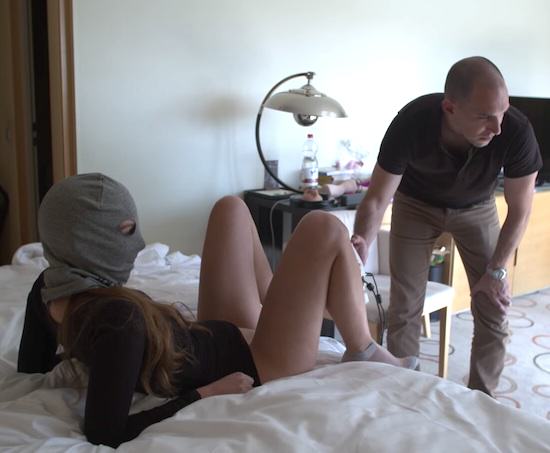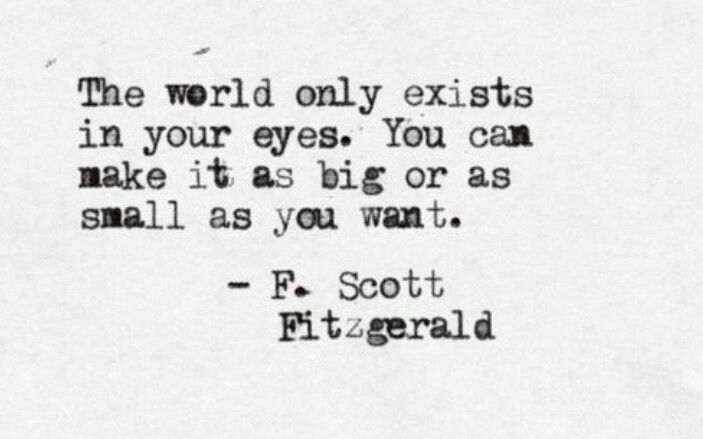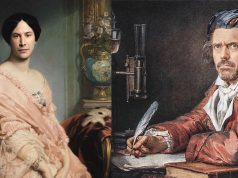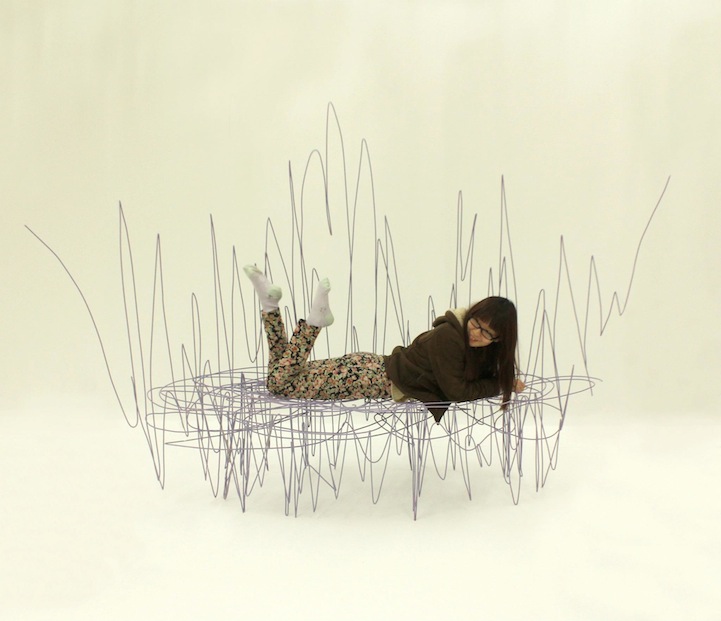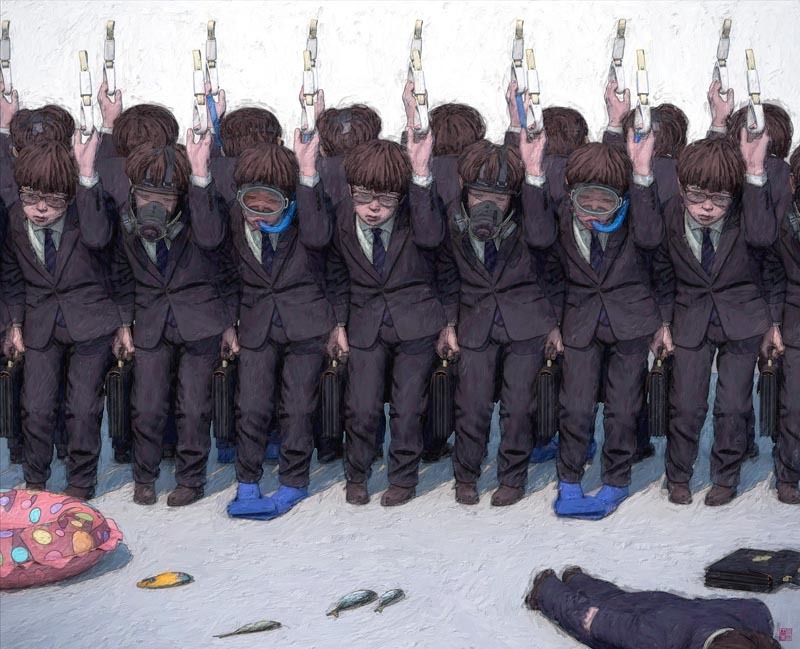People often ask me where the idea for my Bodyscapes® originated. I have to confess that it didn’t come from an interest in photographing nudes or from studio photography. Self taught as a photographer, I was originally trained as a social psychologist. Bodyscapes® evolved from my study of psychology.
During the 70’s I was involved in teaching and academic counseling at the University of Pennsylvania, and had volunteered as a drug counselor at a free clinic in Philadelphia. I had begun to feel that traditional academic psychology wasn’t really addressing the issues of the inner journey or the way in which we view the world.
Books on consciousness, mysticism, meditation, drug experiences and altered realities were just beginning to make it into popular culture. As a result, my interests began to evolve and my teaching became less traditional. I began teaching my students to meditate. We were reading the Tao Te Ching, The Bhagavad-Gita, books by Ram Dass, Carl Rogers. Castenada, Huxley, Watts and others. The concepts of altered realities, subjective reality, and mystical consciousness were becoming a part of my thinking.
I wanted to demonstrate in art the ideas that I was studying and teaching. The theme that occupied my thoughts was one of multiple realities. I had read many accounts of adventures in mystical consciousness and was certain that the most basic concept to understand and accept is that two realities can exist simultaneously. Both can be correct even though each is different. In 1975 I turned to photography as the medium to illustrate the coexistence of two realities.
I remember the moment that the idea for Bodyscapes® came to me. I was thinking that the shape and structure of the universe repeated itself at every level and suddenly I had the image in my mind of a skier going down a breast. This was it – the universe repeating its shapes – a body looking like a mountain. It was also an example of two realities coexisting. The picture could be seen as a landscape and it could also be seen as a body. Although they were different, both perceptions were right at the same time. I knew instantly that I had an entire series of images waiting to be captured on film.
Within a week or two I had my first model and began shooting. I was a complete newcomer in the world of art. I had never taken a course in photography, art, or art history, and had no idea that other people had ever thought of the similarity of bodies and landscapes. So I approached the project with naive energy, convinced that I was breaking new ground with each exposure.
I created these images by placing toys and miniatures on the body and shooting the picture as a single exposure. I knew it was possible to produce multiple exposure images such as photo montages, but felt that if it were to appear real to the viewer, it had to actually be real at some level…with the figure and the body together at the same time. Furthermore, I didn’t want to resort to camera or darkroom tricks as that would make the work less credible. Now with the advent of digital photography, most people assume that any unusual photograph is a product of photoshop. However, I still work the way I began. I set the toys and the model and make a single exposure. I do not construct the image in photoshop.
Over the years I have discovered that art can be fun and serious at the same time. I have always believed that in the end an artist needs to communicate to the viewer, and involve them in the work to complete the experience. I feel that my art is complete when a viewer reacts to it. I have enjoyed creating Bodyscapes® and I enjoy sharing them with others and seeing their response.
It is always fun and interesting to see people discover for the first time, that the landscapes that they were looking at were really human bodies. Some people never see it until their friends point it out to them. Some look at the whole collection and then ask me what I mean by “Bodyscapes”®, or ask me which mountains I photographed. It’s hard to keep a straight face as they puzzle over the photographs – knowing they are missing something and looking for clues to the answer.
My favorite story is about a couple with a young boy who appeared to be five years old. His parents asked him if he knew where the photographs had been taken. He answered with great certainty.’Yes”, he said, ‘California’! Some parents use the photographs as a teaching opportunity – pointing out the beauty of the naked body as a landscape. Several times I have seen young children explain to their older, less observant parents, the hidden truth of the images.
Some people hang these images in their homes and offices and their families and friends do not realize for years that the images contain bodies. Therapists tell me they could psychoanalyze me because of this work. I have had people tell me I am “sick” (usually with a smile!), and others tell me that I brighten their day and give them a new way of looking at the world. Some ask where I get the “little people”, and others ask where I find a landscape that looks just like a body. Some are serious, some are joking – but, in the end, I find that people are generally fascinated by them.
My interest in photography began when I received my first camera at the age of 13. In both high school and college I was the photography editor of the newspaper and yearbook. I then put photography on hold while I pursued a career in psychology. I began the Bodyscapes in l975 and left academics in l981 to devote my full time to art photography.
Most of the Bodyscapes® were shot with a medium format Mamiya RB67 and either Tri-X or T-Max film. I continued to shoot film and print in the darkroom until 2014. When my enlarger burned out and I was unable to replace parts, I made the transition to digital capture and printing. I now shoot with a Nikon D300 and print with Epson 2880 and 7900 printers.

